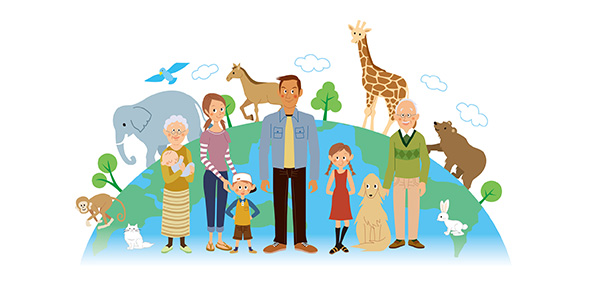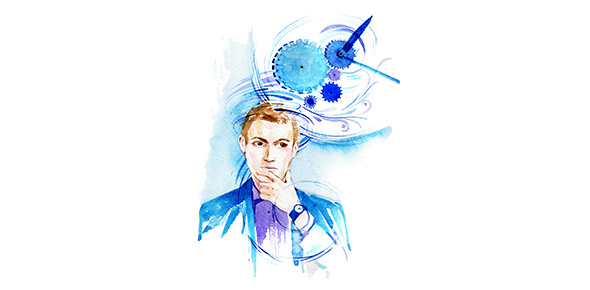Related Flashcards
Related Topics
Cards In This Set
| Front | Back |
|
Article: "A Woman's Curse?"Author: Meredith Small
|
Discusses the issue of menstruation, a biological reality faced by women
Beginning of
menstruation considered Transition from adolescence to womanhood, separates
non-reproducing child from reproducing woman.
Continual reminder of
female reproductive potential and role.
Customs take negative
forms (taboos) – customs, beliefs negative.
|
|
Taboos Associated with Menstruation
|
No sex; can’t cook or
touch food; can’t visit sacred place or attend ritual; can’t touch men’s items
(e.g., tools, weapons); segregate self from rest of family . . .
Childs seen these in
practice in person – invited over for dinner, wife couldn’t cook because
menstruating so went out for dinner instead
Effect: such taboos “set menstruating women
apart from the rest of their society, marking them as impure and polluting.”-
in a lot of religious traditions, menstrual blood looked at with fear, can have
spiritually negative consequences
|
|
Dogon Village and their approach to menstruation
|
African village in Mali, inside village is menstrual hut –
where women go when menstruating
|
|
Small's used of Beverly Strassman's Hypothesis
|
Lack of menstrual
cycle implies woman is either pregnant, lactating (recently had baby), or
menopausal (can’t have any more).
Continuous lack of
menstrual cycle implies woman is sterile (unable to conceive child).
Therefore, “information
about menstruation can be a means of tracking paternity.”
Dogon Context: info about
paternity critical – descent passed through male lineage, patrilineal descent –
important to know father of child.
Reliable Signals - Woman goes to
hut = menstruating, leave hut = ready to conceive, stops going to hut =
pregnant, menopausal
People know the pregnancy status
of any woman going back and forth from menstrual hut
|
|
Taboo about Menstruation
|
Established by men (evidence?) – reasonable assumption but
there is no evidence
Backed by
supernatural forces
-belief that
menstruating woman’s contact w/religious alter of household brings calamity to
household.
Internalized and
accepted by women until released from belief (e.g., religious conversion).
|
|
Article: "Female-Selective Abortion in Asia"Author: Miller
|
Article discusses emerging
issue of female-selective abortion, more recent occurrence - in the last 30 years or so, a lot of the sex ratios in certain Asian
countries becoming unbalanced, consequences
|
|
Female-Selective Abortion in Asia: Facts
|
Normal sex ration at Birth (SRB) 105 males/100 females
Pakistan, India, China, Taiwan, Korea – sex ratio at birth
becoming very unbalanced
Is there something behind religion driving this? No not
really because they all have different religions – Buddhism, Islam,
Christianity
China in 1960s sex ratio males to females normal, however
male to female sex ration at birth has increased (correlates to One Child
Policy (1978) and Ultra-sound and other technologies – determine sex of fetus before
born (1980s), now in 2000 117 males to 100 females
|
|
Commonalities between Korea, India and China (why is female-selective abortion occurring in these places?)
|
All are strongly
patriarchal (males dominate economic, political, social, and ideological
spheres).
Kinship system
emphasizes male relatives, separates females through marriage (patrilocal).
All have strong
preferences for sons (for varying cultural & economic reasons).
|
|
Gender and Female-Selective Abortion
|
Gender Ideology: Women cannot
perpetuate the family lineage (patrilineal
descent). Male offspring valued more highly than female offspring
Gender Roles: Men more valuable
to parents as farmers/wage earners and caretakers; women reside with in-laws (patrilocality).
Gender Stratification: men hold more power,
dominate economic, political, social and ideological spheres
|
|
Does Modernization Reduce importance of Patriarchy?
|
Yes and no
Has led to lower
fertility (because of smaller families, laws reducing the number of children
allowed), but more abortions of females
Has increased the
amount parent must pay in dowry to marry daughters (India)
Mobile Ultrasound
Units – “pay 500 rupees now and save 500,000 rupees later”
|
|
Balanced Sex Ratio as Public Good?
|
Male dominated sex
ratio correlates with high level of violence – not sure if true, though with
competitive marriage market, more men competing for mates due to unbalanced sex
ratio, could end up empowering women, gives them more bargaining power in
marriage.
|
|
Article: "Measuring Up to Barbie"Authors: Urla and Swedlund
|
Fascinating article, always hear of critiques of Barbie –
what does it say about gender ideology, gender roles promoted
Are American Women discontent with their bodies? Evidence of
discontent
Drugs, cosmetics, dieting, cosmetic surgery, exercising (for
looks not for fitness)
Dieting – happier person with a certain body shape, figure
Liposuction – medical equivalent of dieting
What’s the Connection between Barbie and the certain image
Barbie is promoting, and desire of women to have this Barbie like figure (which
might lead to anorexia)
Point of Article - Enculturation through direct transmission and observation – instilling the Beauty myth (body shape, make up, how to dress, how to style hair) through play |
|
"The Beauty Myth"
|
Fuels the desire of young women to have a Barbie - like figure
Fueled by profitable
industries (cosmetic, weight loss, fashion, etc).
• Feminine bodies “never feminine enough” –
constantly need to monitor, refine body shape
– Constant need for refining, reshaping.
• Barbie’s influence:
–
“an incredibly resilient visual and
tactile model of femininity for pre-pubescent girls.”
–
Key – prepubescent girls are enculturated with this idea of "The Beauty Myth" through
play
|
|
Gendering
Kids through play with Barbie
|
Barbie teaches young girls:
-connection between
personal appearance and “happiness” – if look good you are a happy person.
– Connection between appearance and acceptance
among peers – want to be popular have to dress a certain way.
–
Teaching lessons about grooming for
social events (proms, dates, weddings).
|
|
What does accessorizing Barbie teach young girls?
|
Socializing into consume culture
Learning “cultural capital” of name brands
Learning connection between fashion and taste and social
status
Crucial line – in commercial, “You never run out of money”
Teaching children how to consume way beyond their basic
needs – idea of credit card that there are no consequences when you spend
beyond your limits
|







